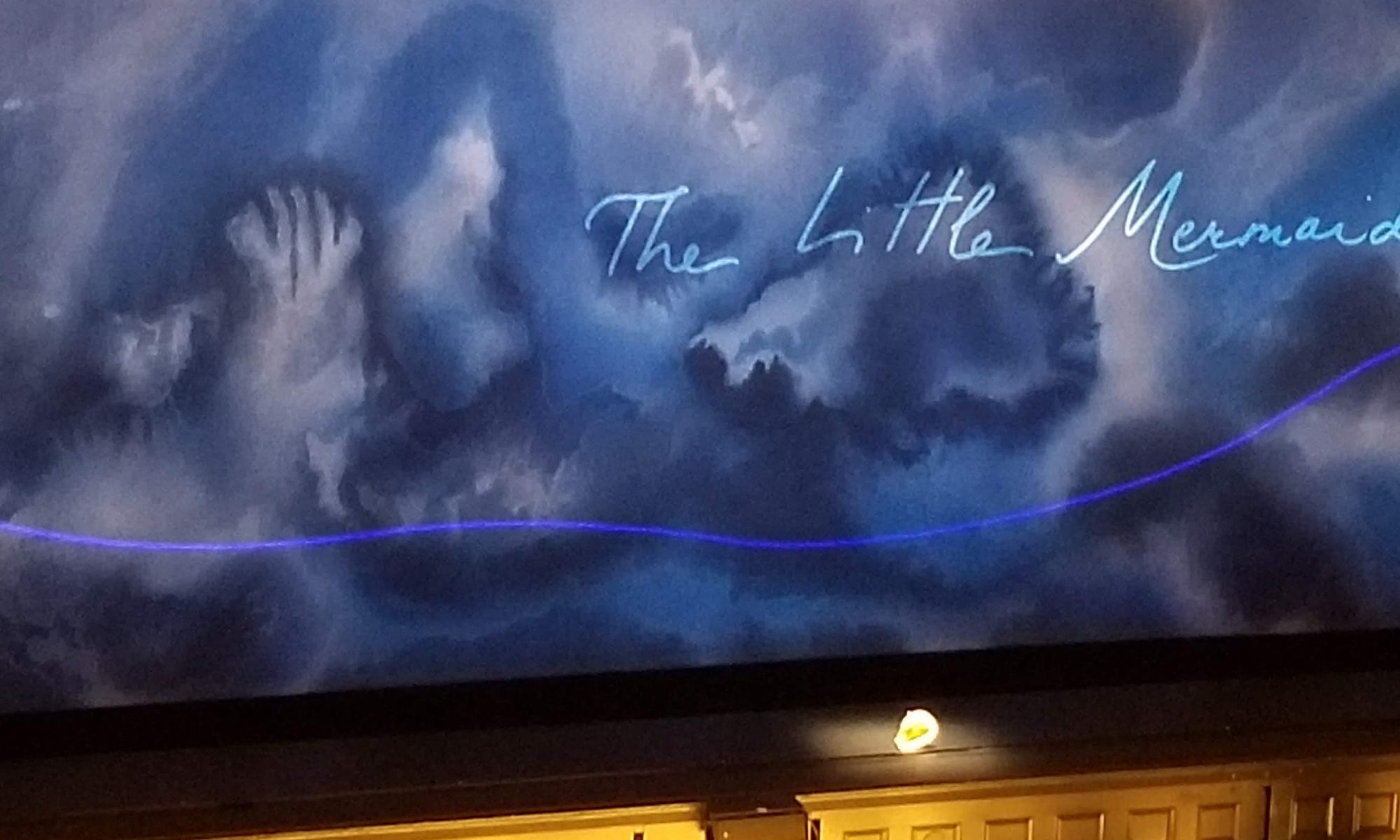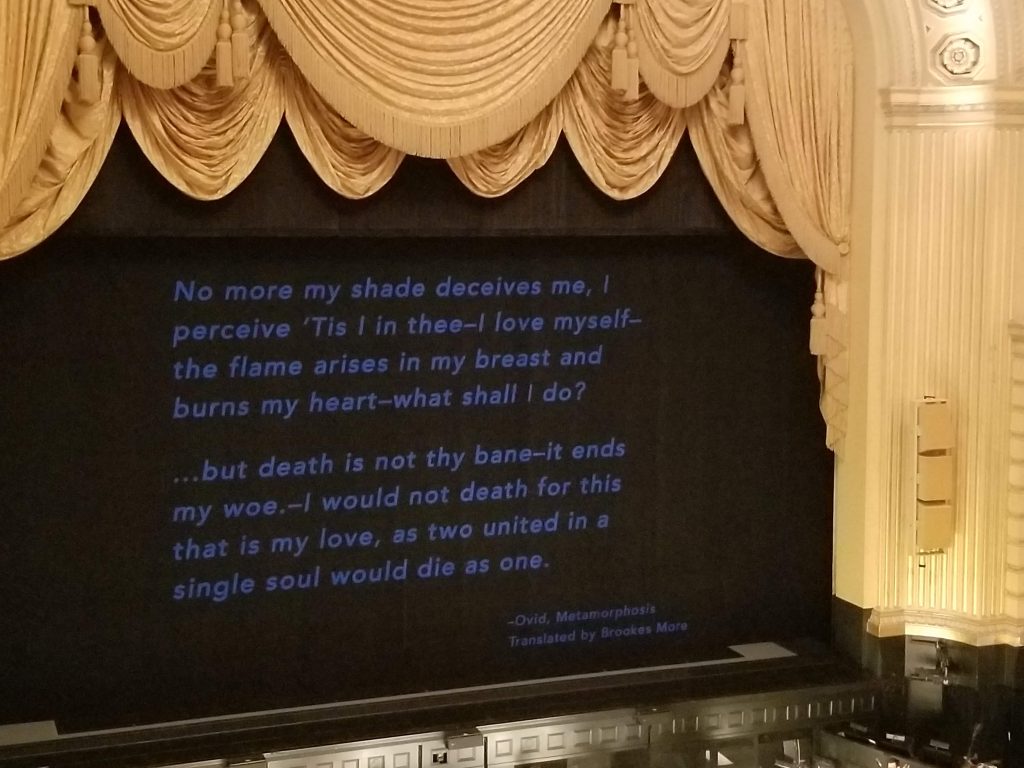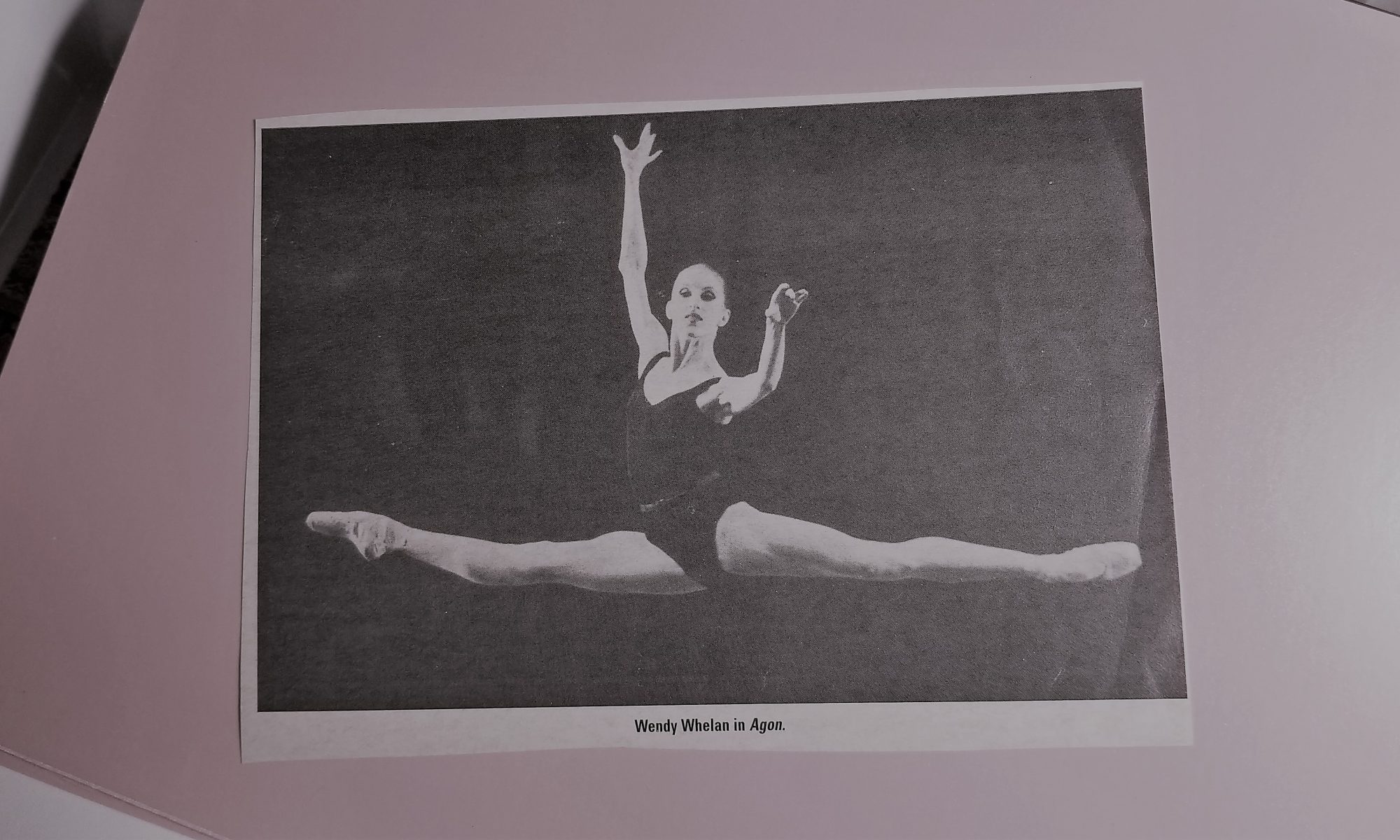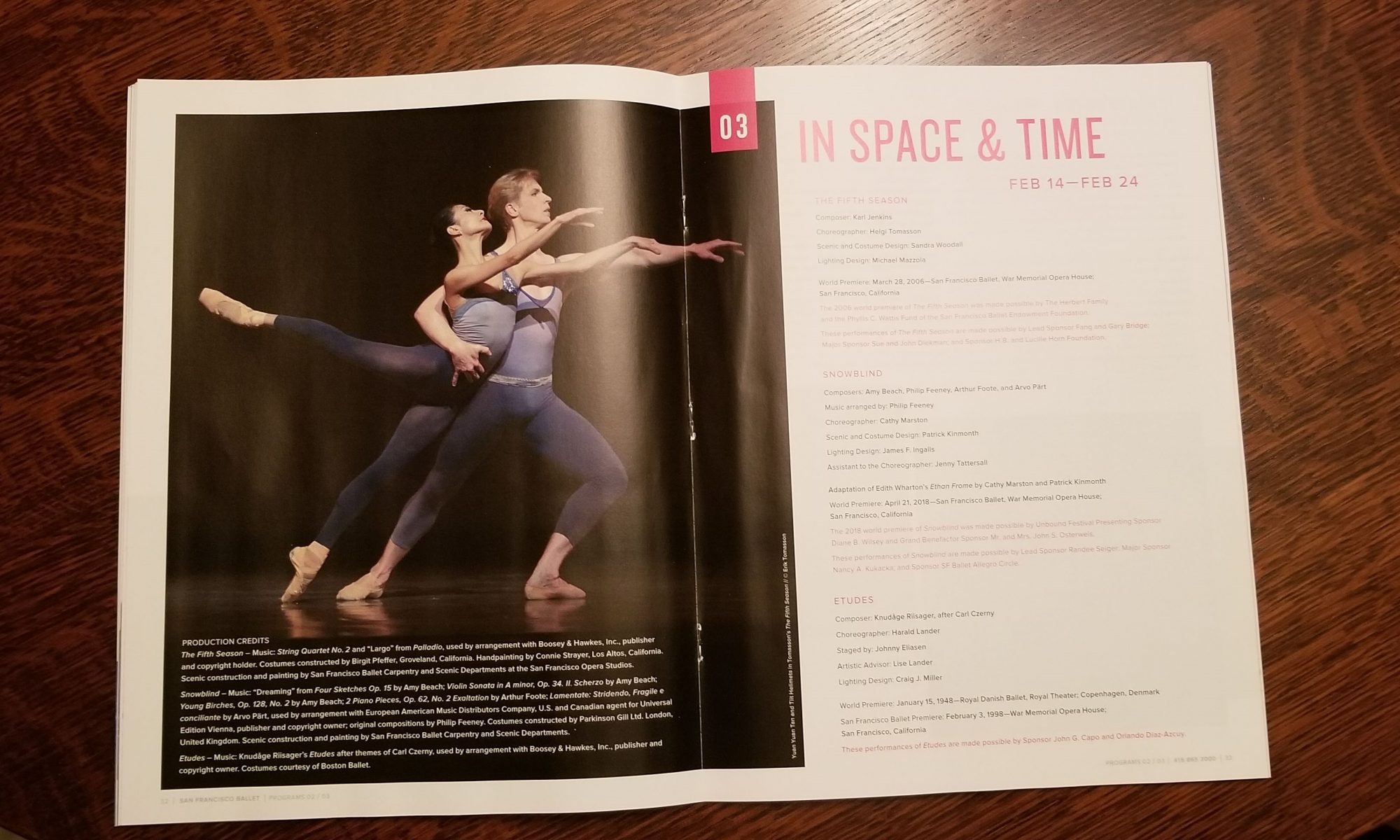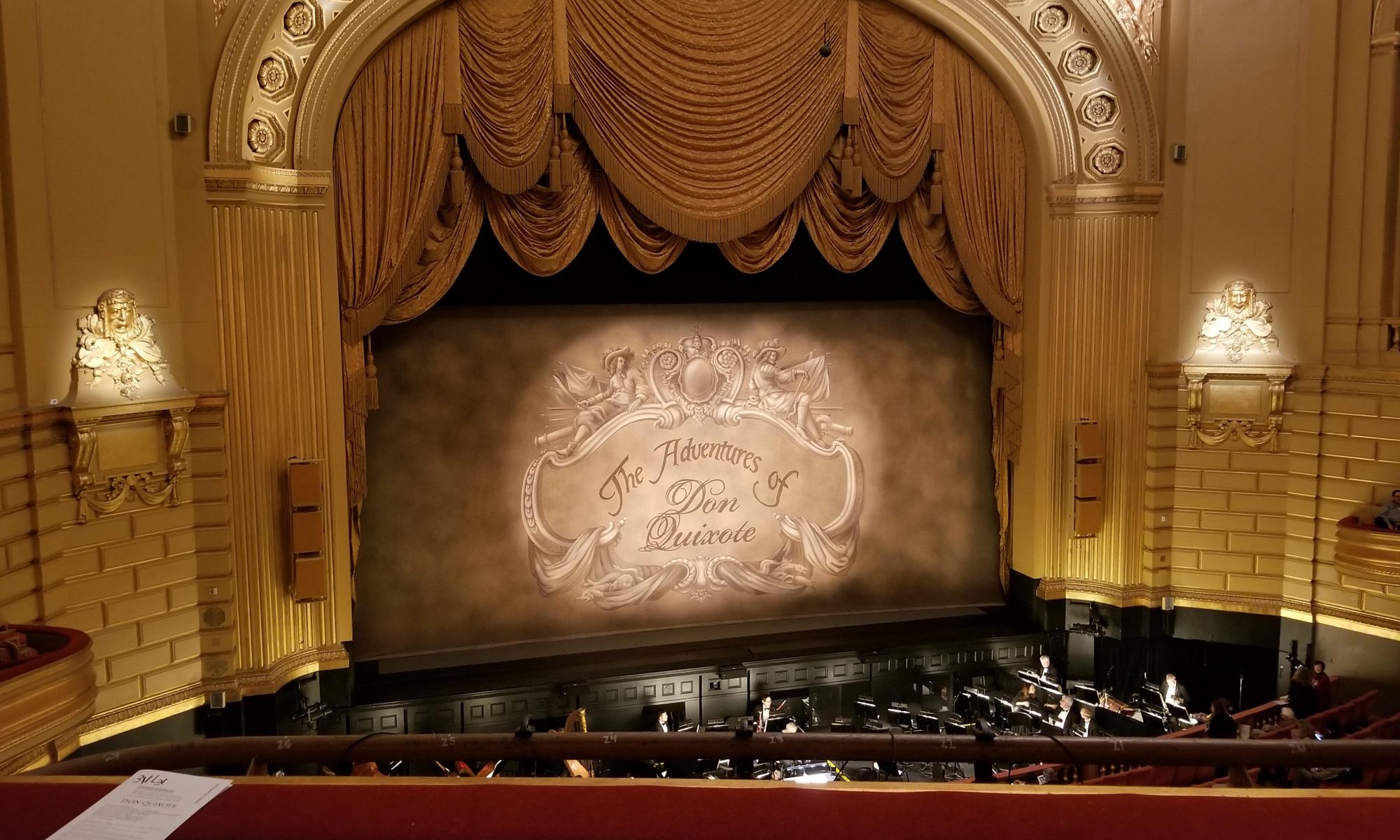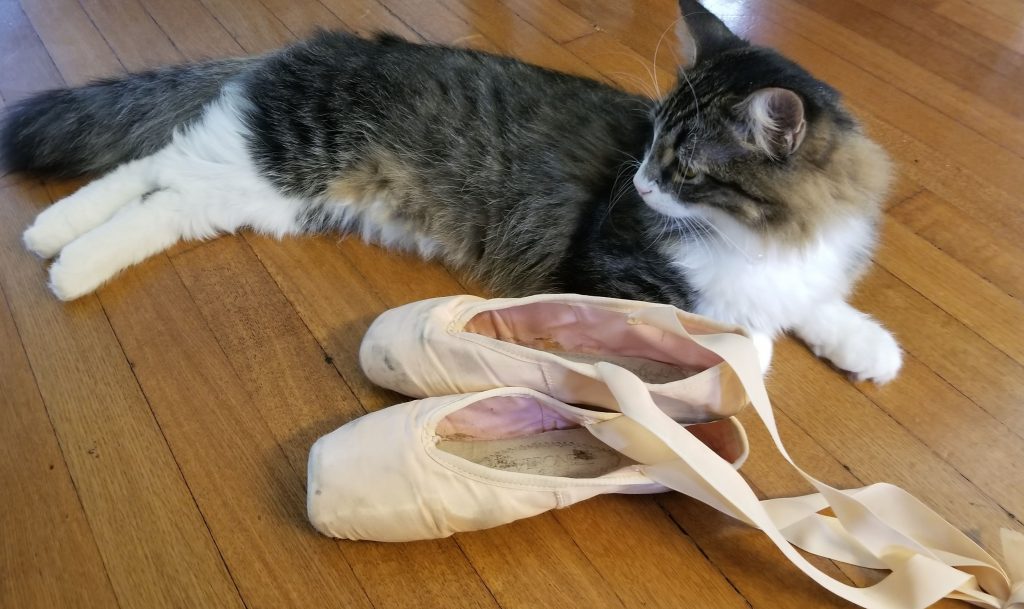This past Saturday marked the end of our 2019 Ballet Season. Happily, the program was excellent and left us excited for 2020 (yes, we have already renewed our seats).
This program was comprised of three works choreography by Alexei Ratmansky, all to music by Dmitri Shostakovich. Shostakovich Trilogy was co-commissioned by San Francisco Ballet and American Ballet Theatre. The SF Ballet premiere was in 2014.
Alexi Ratmansky is a Russian choreographer who is currently artist in residence at American Ballet Theatre. Previously, he held the position of artistic director of the Bolshoi Ballet where he is known for remounting some of the Soviet-era ballets. You can see the influence of his experience with artistic productions of that era in the deft way that he layered the pieces in Shostakovich Trilogy with nuance evocative of the time and place in which the music was created.
Dmitri Shostakovich (1906-1975) was an early-twentieth century, Russian composer. Unlike Rachmaninoff (1873-1943) and Stravinsky (1882-1971), Shostakovich spent his entire career in Stalinist Russia where he experienced constraints on his work. Despite these constraints, his music is powerful and timeless. One has to wonder what he could have accomplished if he had the artistic freedom of some of his contemporaries.
Symphony #9 has a movement vocabulary that combines classical ballet steps with traditional Russian folk-dance movements in a very elegant way. The music, composed in 1945, was commissioned by the government as a celebration of the victory of the Soviet people over the Nazis and the conclusion of WWII. This piece sort of switches back and forth from a feeling of self-conscious restraint to rah-rah proletarian propaganda, highlighting the dichotomy of Soviet society at that time.
Chamber Symphony was the most narrative piece in the program. The backdrop for this work was a series of oversized, cubist-style heads suspended in front of the back scrim. The heads shifted and different effects were created with lighting throughout the course of the piece. It created a sort-of “big brother is watching you” feeling. At one point, the music become quite bombastic and the most center-stage heads became quite prominent and menacing.
The main character in this piece represents Shostakovich. Watching it without reading the program notes first made for an interesting exercise in deciphering a story. I was left with the firm conclusion that the central character was a depressive cad.
The corps de ballet in this piece is composed of eight couples who seem to be exerting influence on the behavior of the main character. He alternates between going along with the group, acting out, and utter dejection. There are also three female soloists who represent different women in the composer’s life. These roles were danced divinely by Sasha de Sola, Yuan Yuan Tan, and Mathilde Froustey.
Piano Concerto #1 was my favorite piece of the three. That being said, I can’t describe the dancing to you at all. I was completely mesmerized by the costumes, which were these extremely simple and effective two-tone unitards. Yes, that’s it. The front was blue, and the back red and it was visually spectacular. I guess that I could say that the dancing was interesting and dynamic because it didn’t detract from the excellent effect of the costumes.
There was an energy to the dancing on this night. We all got the impression that the dancers really enjoyed performing these works (maybe they were just happy that it was the end of the season). It was nice to see such a consistent program of interesting, contemporary work, I think this had to do with the strength of the music.
At any rate, it was a satisfying end to the season.

